The Singapore Grand Prix again showed a dominant McLaren, with Lando Norris comfortably sweeping aside the competition under the lights of the Marina Bay Street Circuit.
The Woking-based team's MCL38 allowed Norris to create an advantage of around 30 seconds over Max Verstappen at stages in the race before the British driver eased off.
Looking from the outside at how the season has developed, it may appear strange how a non-competitive single-seater in Bahrain like the McLaren, separated by almost 50 seconds from Verstappen's RB20 at the end of the race in Sakhir, could have turned the situation around so quickly.
In relative terms, McLaren's performance increase over Red Bull amounts to a second per lap, underlining the gains in development made by the former and the losses by the latter.
See below: The aerodynamic interaction between the suspension elements, and the floor, has been one main point in the micro aerodynamic development of this car.
McLaren inspired by Red Bull
Although it is correct to highlight the considerable leap in performance by McLaren, its magnitude has been amplified by the issues to have emerged on the RB20 from the Miami Grand Prix onwards.
Focusing exclusively on the performance of the MCL38, however, there has been a constant evolution of the car. The team has not once abandoned the inspiring principles of its project.
What makes this even more significant is that the car, born from the development of the MCL60 that evolved over the second part of the 2023 season, followed the inspiring principles of the RB18 and RB19.
Notably the suspension layout and aerodynamic concept of the floor, the latter characterised by a deep undercut between the floor and the sidepod.
See below: Revised floor, not too extreme in its concept, primarily based on pressure management underneath to provide balance on high- and low-downforce tracks.
The RB20, on the other hand, has not only taken these concepts to extremes but has profoundly distorted them.
The balance of the RB19 was not only aerodynamic but it also responded to the suspension's variations of ride heights, which were strongly attenuated.
Even the layout of the internal components, essentially referring to the packaging of the cooling system, played a fundamental role in preventing an aerodynamic evolution of the car which did not negatively influence its balance.
The clearest demonstration was given this year by the adoption of a specific bodywork for high downforce circuits and above all characterised by low average speeds.
This was the solution chosen to resolve problems of insufficient heat exchange guaranteed by the PU radiators, which had no performance purpose, but merely reliability.
Also, for this reason, part of the design resources, in terms of aerodynamic development, were used in that direction. It was more important to avoid reliability problems than to increase performance, which was, at least at the time, satisfactory.
But in reality, the evolution of rivals, not just McLaren, has shown how this theory had an intrinsic bug.
Ultimately, the performances at the start of the season could not be considered a lasting advantage, despite it constituting the reason behind the radical choices made in the design phase of the RB20.
See below: The precise use on aero elasticity. Maybe too much as it was extended to the now-changed rear wing, but the front wing represents a sort of masterpiece in that respect.
In essence, McLaren did nothing other than develop a thoughtful car that guaranteed ample room for manoeuvre for the designers.
In Red Bull, however, the radical choices have restricted this manoeuvrability within which the RB20 can evolve both aerodynamically and dynamically.
It is simply a question of understanding whether the team has found a non-destructive way to reverse the characteristics of the RB20. In Austin, we should be provided answers.
The performance in Singapore may have instilled confidence. However, it should be considered a simple, fortuitous situation in which the car's performance window was centred.
Also interesting:
Join RacingNews365's Ian Parkes, Sam Coop and Nick Golding, as they look back on last weekend's Singapore Grand Prix. Max Verstappen's punishment for swearing and Daniel Ricciardo's likely last F1 race are major talking points.
Rather watch the podcast? Then click here!
Most read
In this article
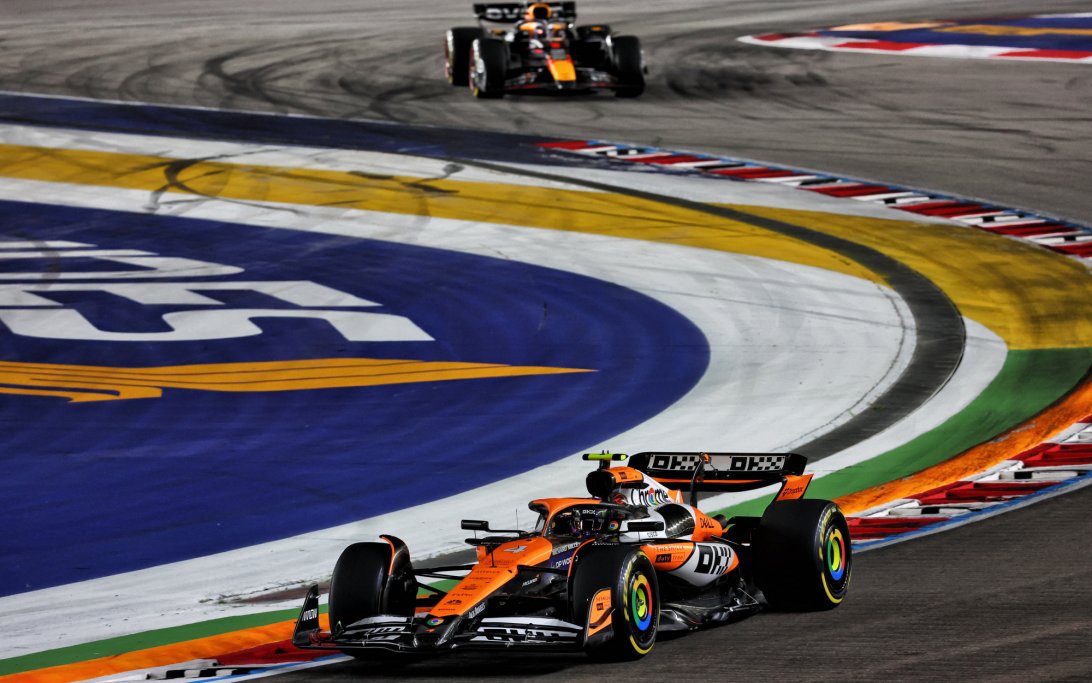
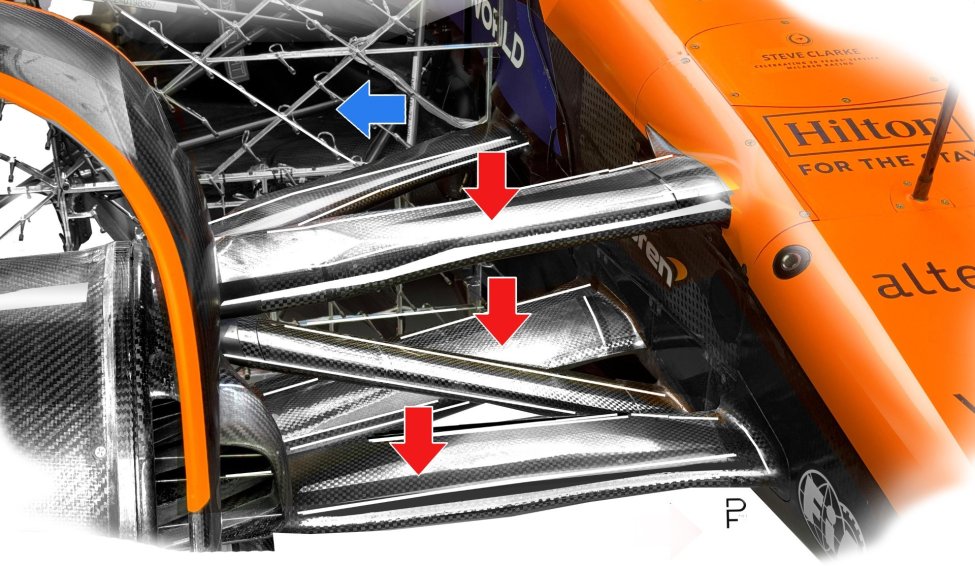
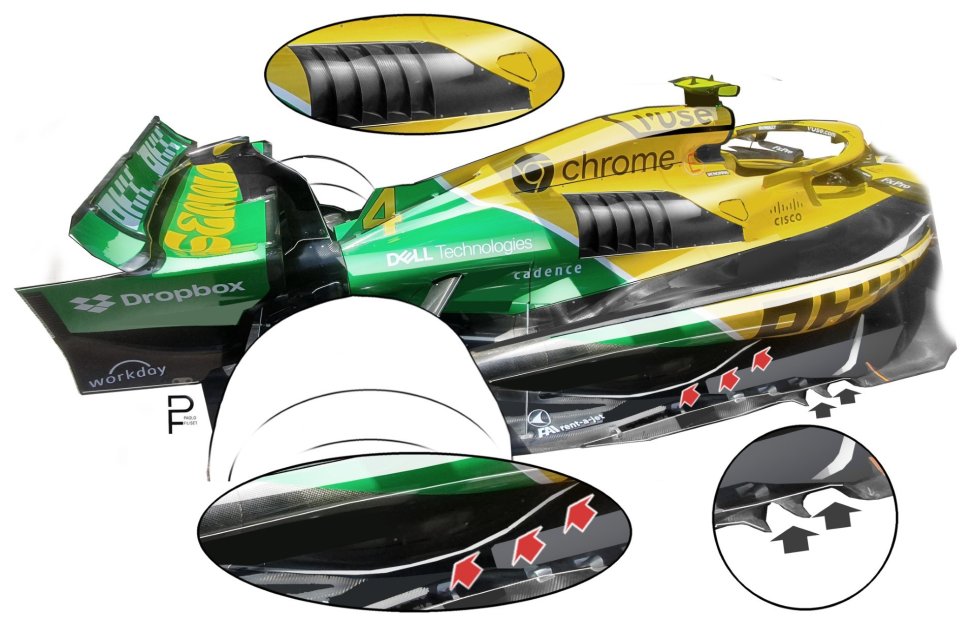
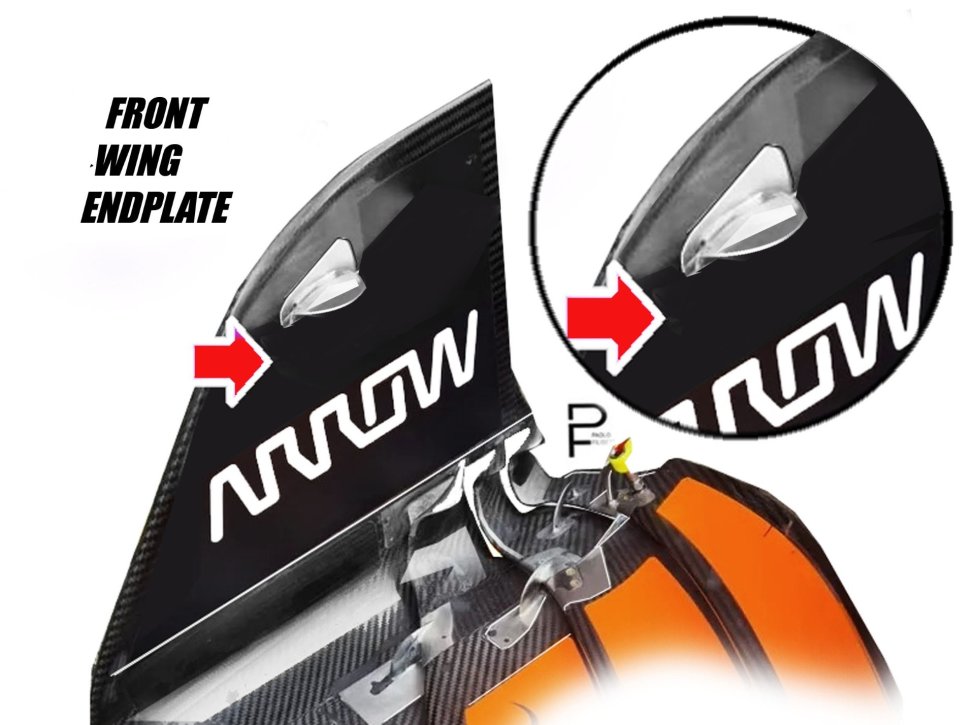


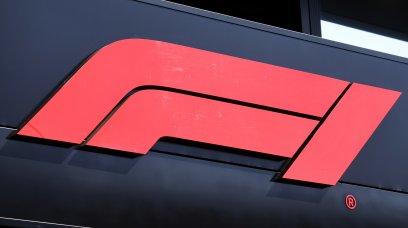
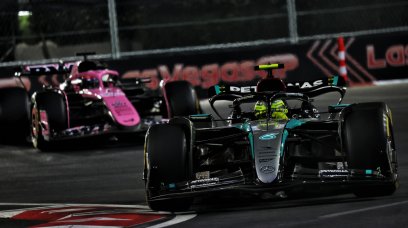






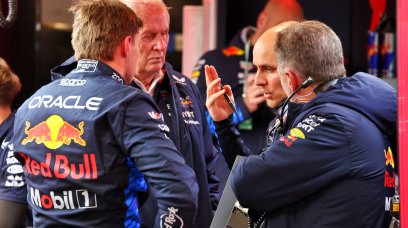













Join the conversation!